Munsterkerk
Roermond, NL
This church is known in part to mainly for the extensive restoration and partial reconstruction in the 19th century by architect Pierre Cuypers (1827 - 1921). Damaged by war in 1945, restored.
Here you can search for a building to visit. You can use the map find destinations, or you can use the filters to search for a building based upon what different criteria.
Roermond, NL
This church is known in part to mainly for the extensive restoration and partial reconstruction in the 19th century by architect Pierre Cuypers (1827 - 1921). Damaged by war in 1945, restored.

Roermond, NL
This is a 13th-century church dedicated to Our Lady. The church is one of the most important examples of Late Romanesque architecture in The Netherlands. Its remarkable front towers are 55 meters high. The church is the only surviving part of an abbey, which was demolished in 1924. The church was renovated between 1863 and 1890. During this renovation, the smaller baroque bell tower was removed, the two front towers were added, and the originally octagonal eastern towers were replaced by square ones. The building was damaged by an earthquake in 1992. The two eastern towers were destroyed and rebuilt shortly after.
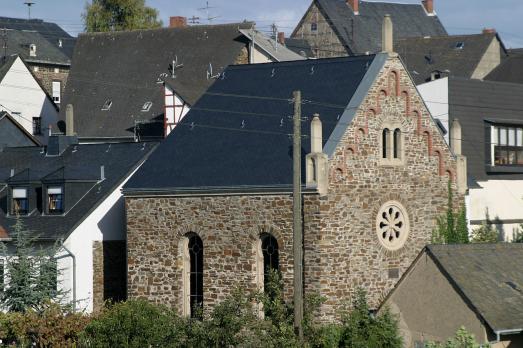
Münstermaifeld, DE
The Münstermaifeld synagogue was built in 1885-86. The Jewish community of Münstermaifeld already had a synagogue in the Middle Ages, mentioned in 1429. In 1816, a prayer room in a private house on Brunnengasse, which had been established after 1694, is mentioned. In 1885-86, the Jewish community built the new synagogue on a piece of land on Severusstrasse, which was renovated in the 1920s. During the pogrom of November 1938, the synagogue was devastated and burnt down.
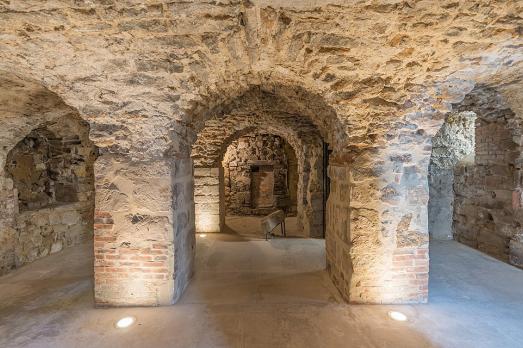
Quedlinburg, DE
The Museum of St. Mary's Church on the Münzenberg (Museum St. Marien auf dem Münzenberg) exhibits the remains of this Ottonian building in Quedlinburg. The remains of the building include the apse, the transept, the three-nave nave and the west building. Numerous finds of half-columns, capitals and reliefs from St Mary's are also displayed. The museum is a stop of the Harz Monastery Hiking Trail and part of the Romanesque Road that crosses the German state of Saxony-Anhalt.
Katwijk aan Zee, NL
The Universel of the Sufi Movement was built in 1969-70 to a design by the architect SJ van Embden (1904-2000). The foundation stone was laid on 21 March 1969. The stucco layer was only applied later, around 1989. The prehistory of the temple construction goes back to an experience that the mystic Inayat Khan, the instigator of this form of Sufism, had when he attended a summer school in 1922. He baptized the place, a small valley in a dune pan (which is now located elsewhere in the dunes) 'Murad Hassil': 'wish fulfilled'. The caretaker's house, 'Wakil Huis Universel', was built in the early 1990s. However, the entrance gate has been part of the Van Embden design from the start. It is unclear to what extent certain interior elements were actually designed by the architect: it is likely that this will have been the case in many cases. The overall concept of the temple also includes the interior lighting of the hall, a light coming in via the central, amber-coloured dome, and via the various glass blocks in the west and east walls - glass blocks that are not identical in terms of grouping in the two walls. Apart from the dome, attention is centred on the altar, on a marble podium with two steps. On the outside (east wall) was 'a mosaic of shells from African beaches applied with the Sufi emblem ...' - this has now disappeared and been replaced by a painted Sufi emblem.
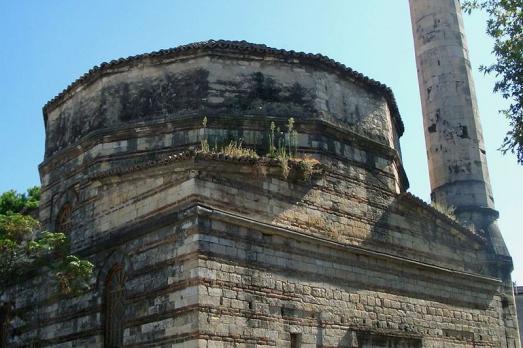
Vlorë, AL
The mosque was built in 1537 by the famous Ottoman Turkish architect Mimar Sinan during the reign of Sultan Suleiman the Magnificent. It is famouse for the intricate brick work.
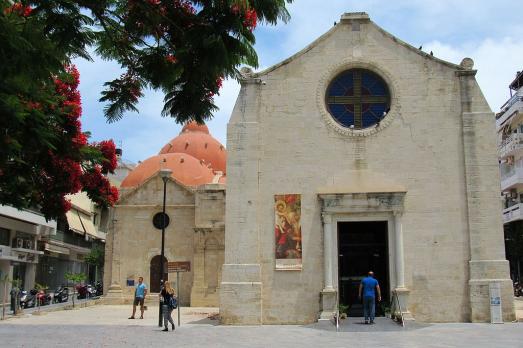
Heraklion, GR
The Museum of Byzantine Icons and Relics of the Archdiocese of Crete exhibits a series of artworks and religious objects from different periods of the history of Crete, from the early Byzantine period to the end of the Ottoman rule in Greece. It is housed in the former Church of Saint Catherine of Sinai.
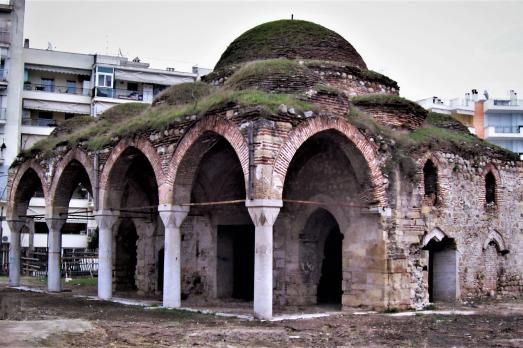
Serres, GR
The remains of the Mustafa Bey Mosque, also known as Koja Mustafa Pasha Mosque, reflect the Ottoman past of the town of Serres. The building was constructed 500 years ago. Its dome was covered with lead. It is located near Ottoman baths.
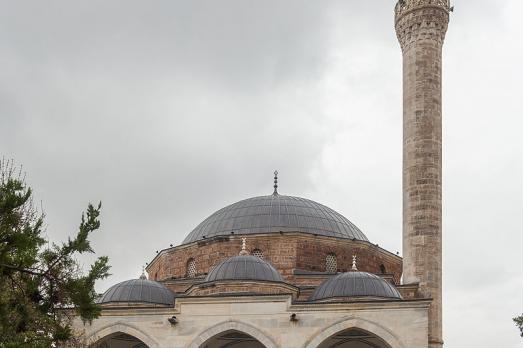
Skopje, MK
Mustafa Pasha Mosque was built in 1492, according to the testament of the vizier Mustafa Pasha. The building of the mosque is a typical of the early Ottoman architecture. Originally, the complex comprised a türbe (tomb), a shadirvan (fountain), a minaret and a madrasa (school).
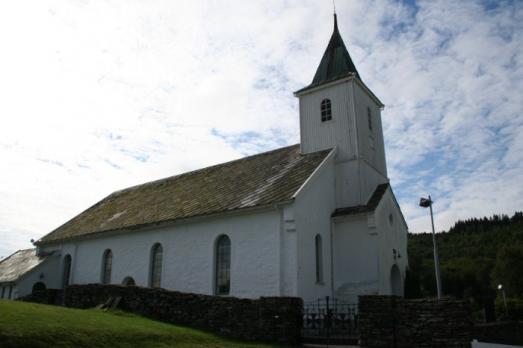
Alver, NO
Myking Church is a long stone church dating from 1861. The two previous churches were probably a medieval stave church and a wooden church of 1606. The church was first renovated in 1961 and again between 2009 and 2011 on the occasion of the 150th anniversary of the church.

new
The Chassidic Route is a cultural and historical trail tracing the rich legacy of Jewish communities in southeastern Poland and western Ukraine. This region was central to the rise of Chassidism in the 18th century. Here, we highlight 10 remarkable synagogues you’ll discover along this route.

he cradle of the Industrial Revolution in Germany, Chemnitz, is well-known for its industrial heritage landscape, but the city is also home to remarkable examples of religious architecture from different historical periods. Join us as we explore the key landmarks of this European Capital of Culture 2025.

The twin towns of Nova Gorica (Slovenia) and Gorizia (Italy), lying on the border between the two countries, have a rich religious heritage, steeped in centuries of tradition. If you are looking for ideas for your visit, take note of these 10 religious sites that you should not miss.